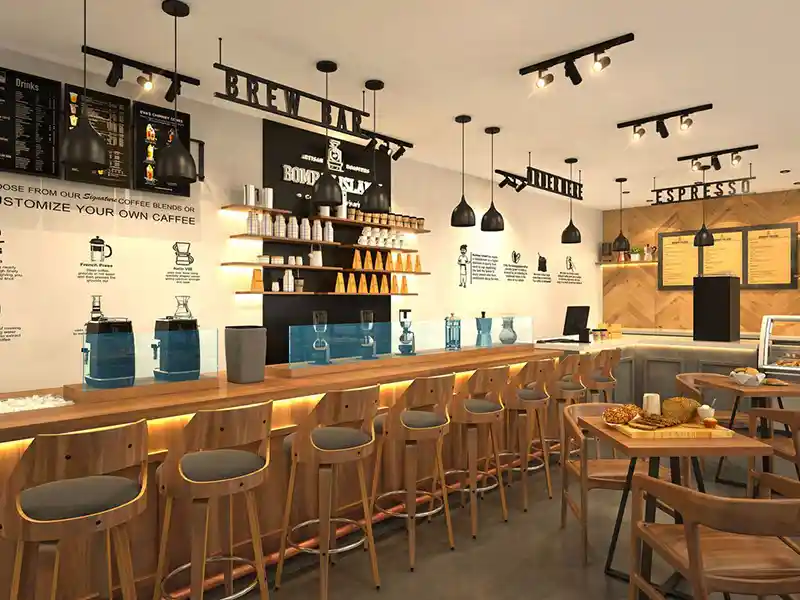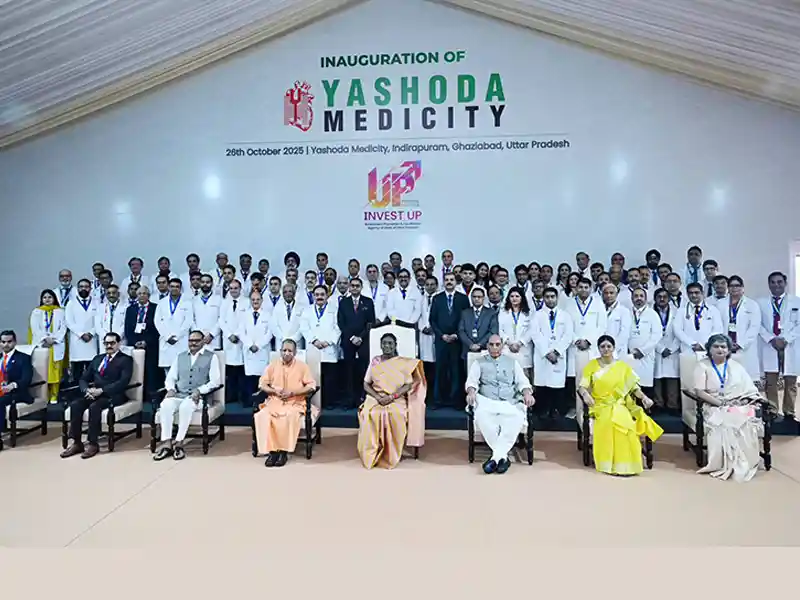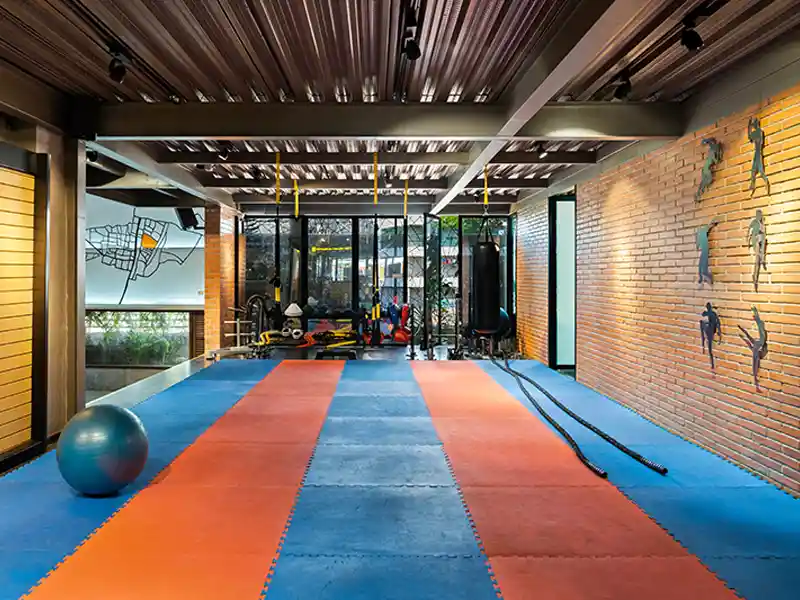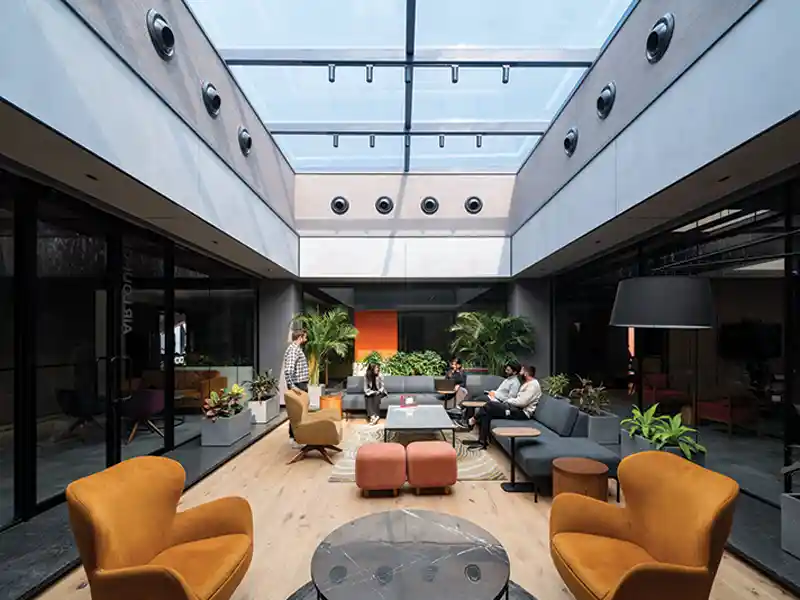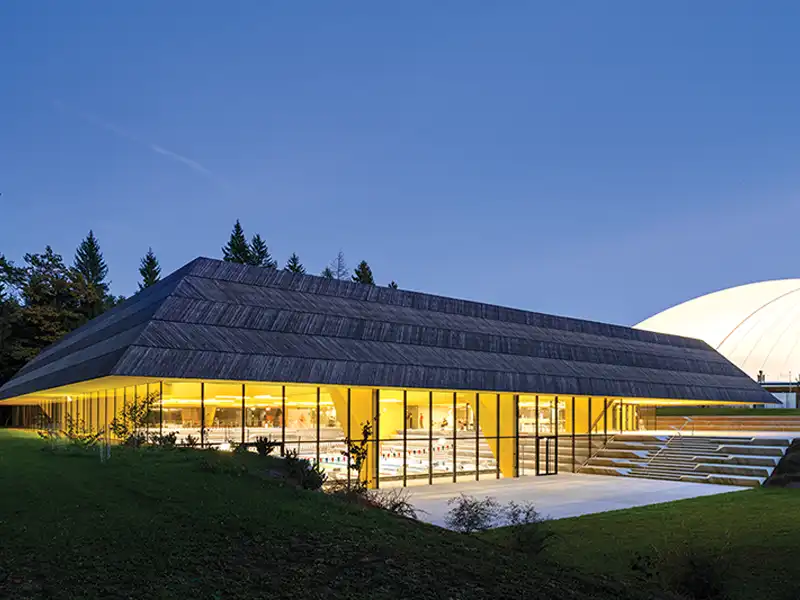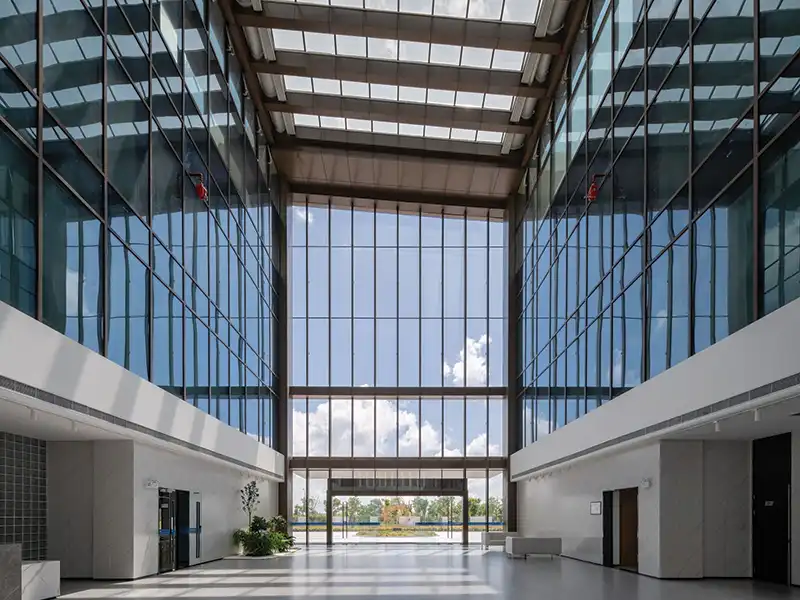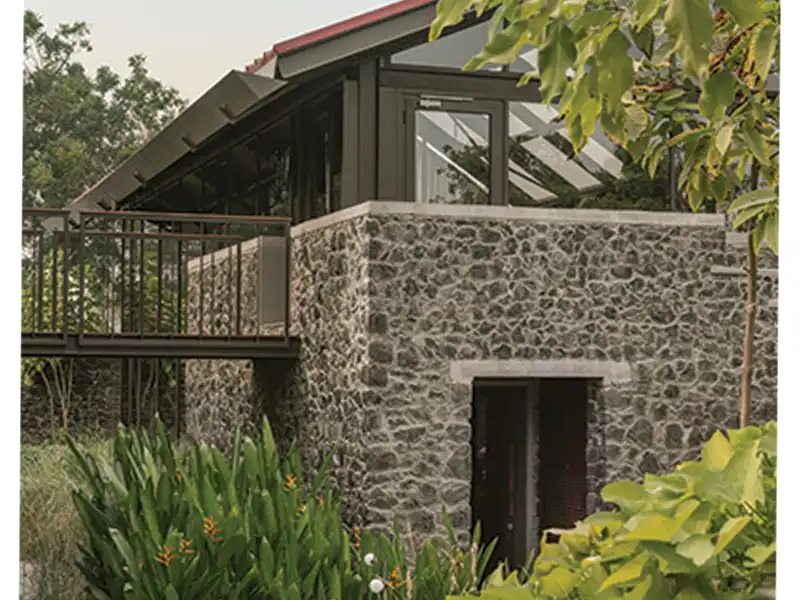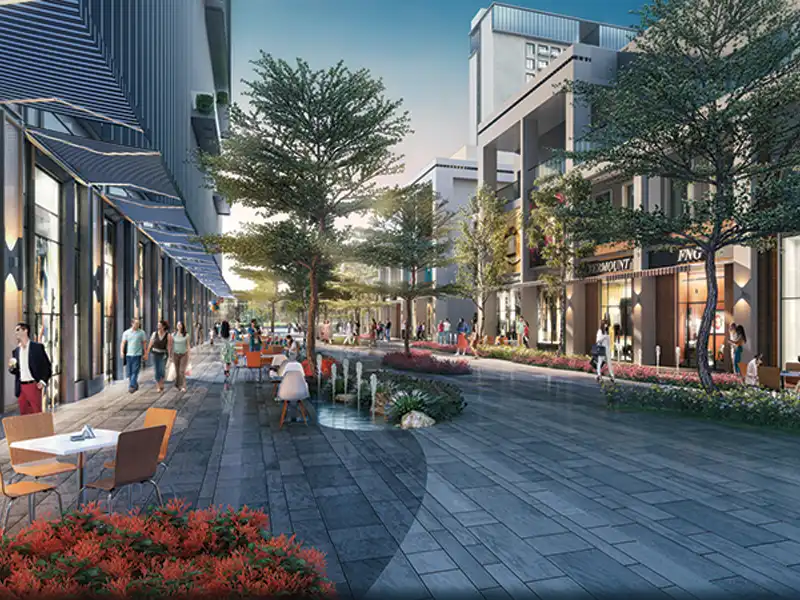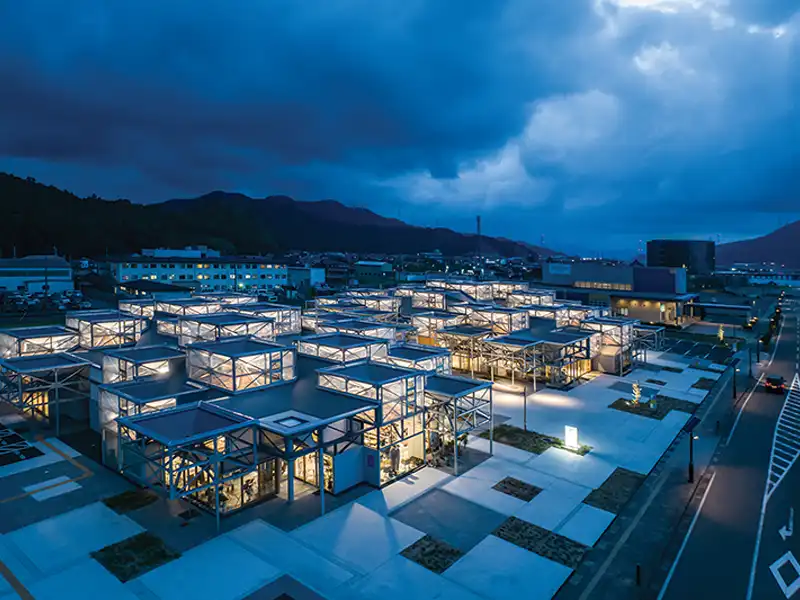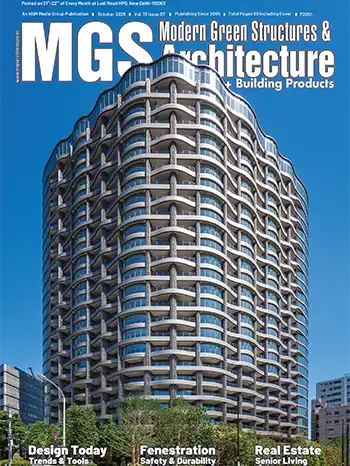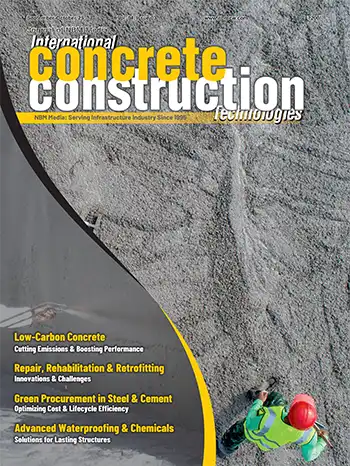
Fact File
Size: 2,350 sq mLocation: Setouchi, Japan
Client: NOT A HOTEL
Collaborators: Maeda Corporation, ARUP Japan, 1moku, NOSIGHT, BOCS, Mir, LIT design
The design for luxury hotelier NOT A HOTEL’s newest resort on Japan’s Sagi Island – NOT A HOTEL Setouchi – builds on the longstanding dialogue between Scandinavian and Japanese design values. The hotel weaves naturally throughout the island’s mountains, incorporating natural and local materials while promoting a connection to nature.

The relationship between Scandinavian and Japanese design began in the 19th century, when Japan opened their borders to international travellers. Soon after, Scandinavian designers began visiting the country and quickly became fascinated by the Japanese style for its simplicity, use of natural materials and connection to nature – the same principles that guide the design ethos for NOT A HOTEL Setouchi.

Each villa has distinct design characteristics that fit into their specific location onsite. The ring-shaped ‘360’ is perched at the highest altitude, offering literal 360-degree views of Setouchi’s land and seascape with a central courtyard for privacy. ‘270’ captures a 270-degree panorama of the surrounding archipelago, featuring bathing spaces arranged like floating islands around the pool alongside a sauna and open firepit. At the peninsula’s tip, ‘180’ is the closest to the sea, whose curvature follows the coastal landscape. The home includes an inner courtyard with gentle slopes, mossy pathways and trees that change colour with the seasons.

The three- and four-bedroom villas reference the design of traditional Japanese single-story houses, incorporating materials local to Japan. The essential elements of the homes - the façade, roof, walls and floor - all preserve traditional Japanese architectural elements while being reimagined for modern-day use. Glass façades that connect the interior and exterior are a modern interpretation of shoji screens, while the pattern of the natural slate floors is inspired by the layout of traditional Japanese tatami mats. The load bearing curved clay walls are achieved using the traditional rammed earth technique, incorporating soil directly from the site.

Each villa opens into a large, unified space, with areas of functionality such as bathrooms and storage rooms consolidated into separate volumes, or pods. Skylights are placed atop these more private pods to provide views from any point within the buildings - balancing openness with solitude. The villas all feature traditional Japanese baths, calming colour palettes, outdoor firepits and heated infinity pools that blur the boundaries between the properties and the surrounding nature.

The roofs are covered on all sides with solar tiles, representing a technological and modern interpretation of a traditional Japanese roof. Rainwater collected by the elevated roofs is used to irrigate the landscaping, while the operable façades and overhangs promote passive cooling in spring and summer.

